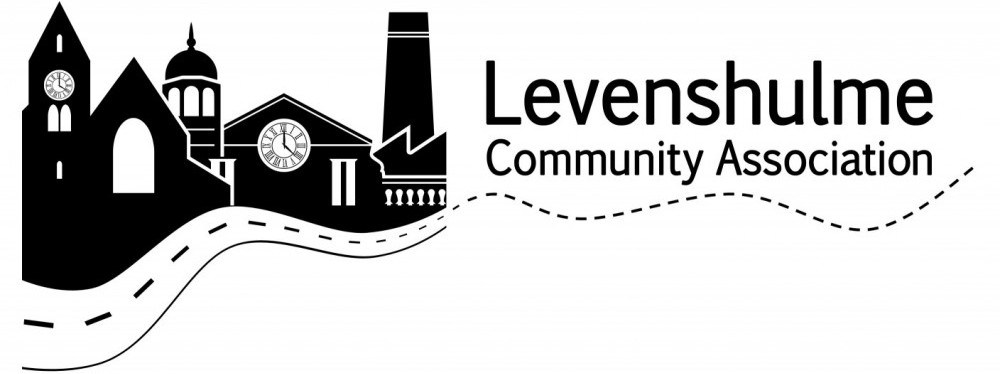Levenshulme Community Association is grateful to Manchester Urban Observatory for this article following contact with Dr Jen O’Brien and Prof. James Evans. We will continue to provide information and updates as they become available to help everyone understand the Active Neighbourhood proposals and be involved in the process to get the best we can for our community. This fits with several of the aims of the Levenshulme Community Manifesto.
Manchester Urban Observatory and the Levenshulme Active Neighbourhood – improving decision making with data
The Manchester Urban Observatory is part of a network of 6 Urban Observatories across England which are developing a new approach to the monitoring and understanding of cities. Our goal is to ensure future decision making is informed by a detailed appreciation of the consequences and complexity of urbanisation. The Manchester Urban Observatory is based at the University of Manchester, bringing together expertise from across the humanities, environmental sciences and health. Our role is to work with local partners to support the better planning and delivery of urban development. We operate entirely independent, with our funding secured through the UK Collaboratorium on Infrastructure and Cities.
The Urban Observatories are deploying the latest sensors to generate a new level of understanding of the complex environment in which we so often now live. New technologies allow the accurate monitoring of traffic, noise, pedestrian habits and behaviours, wellbeing, energy, weather and air quality in areas where such monitoring and level of detail was previously not possible. When policy or infrastructure changes, or natural events such as storms or flooding or indeed Covid-19 occur, we are able to measure and quantify their impacts. These measurements allow an understanding of the complex interrelations and interactions of real systems within the environment over a long enough period and high enough time resolution to allow implementation of statistical and machine learning techniques.
Our goal is to stream live data to open access online portals such as our Manchester -I platform, so that interested parties such as the public, independent stakeholders and partners can view, interpret and use the data. This allows up to date and informed decisions to be made at almost real time, at a time where the applications of which have been so clear for us all to see with Covid-19. The small but crucial step of making the data open and freely available for everyone to use is important to allow better and more informed decisions to be made but also so that communities in which these measurements are being made can be aware and involved in the process.
With this in mind we are now in the next phase of working with Manchester City Council and TfGM on the Levenshulme Active Neighbourhood scheme. Data collection was delayed by Covid lockdown, but we are now deploying various traffic and air quality monitoring equipment, so that we have data over long time-scales to understand the nature of the challenges and be able to accurately assess the impacts of any changes. This area has been chosen as it is the flagship for Greater Manchester efforts to make neighbourhoods healthier and more pleasant places to live. There is a significant opportunity to make changes in Levenshulme that will improve the lives of all its residents and provide an example for other places to follow. Our role is to support the process through providing robust data.
The first phase of the experimental design is as follows, with more instrumentation being installed in the coming weeks.
- 4 Vivacity cameras, installed early August 2020. The cameras measure movement around cities using artificial intelligence, giving measurements of vehicle, bike and pedestrian counts, speed and exact path taken.
- Black Cat Traffic Radar x 4. A simpler traffic sensor, measuring traffic counts and speed only.
- 2 Aeroqual Units measuring O3, NO2 and PM 2.5, installed Jan 2020. 2 more will be installed in the next few weeks.
- 4 ARI Sense Units measuring O3, NO, NO2 and PM 1, PM 2.5, PM 10, Wind speed and direction and noise. Hope to install these in early October.
The locations of our sensors have been chosen based on the sites of proposed interventions, areas of concern that were highlighted in the consultation process (e.g. roads on the edge of the area), the availability of power and lamp posts, and the need for a reasonable coverage across the area geographically and in terms of types of roads.
Data will become openly available as sensors are installed and data can be captured at the Manchester – I site under the Projects section (https://manchester-i.com/projects). Currently we have two air quality sensors feeding in to this platform, and four vivacity cameras installed that should be providing open data soon. Our hope is that the data is taken up and used by a range of interested parties to inform the process (please acknowledge the Manchester Urban Observatory if appropriate to do so). We will update when new data becomes available via Twitter (@UoM_Observatory) and would very much welcome feedback and suggestions (email: muo@manchester.ac.uk)
Thomas Bannan, David Topping and James Evans


Pingback: Active Neighbourhood Delays | Levenshulme Community Association